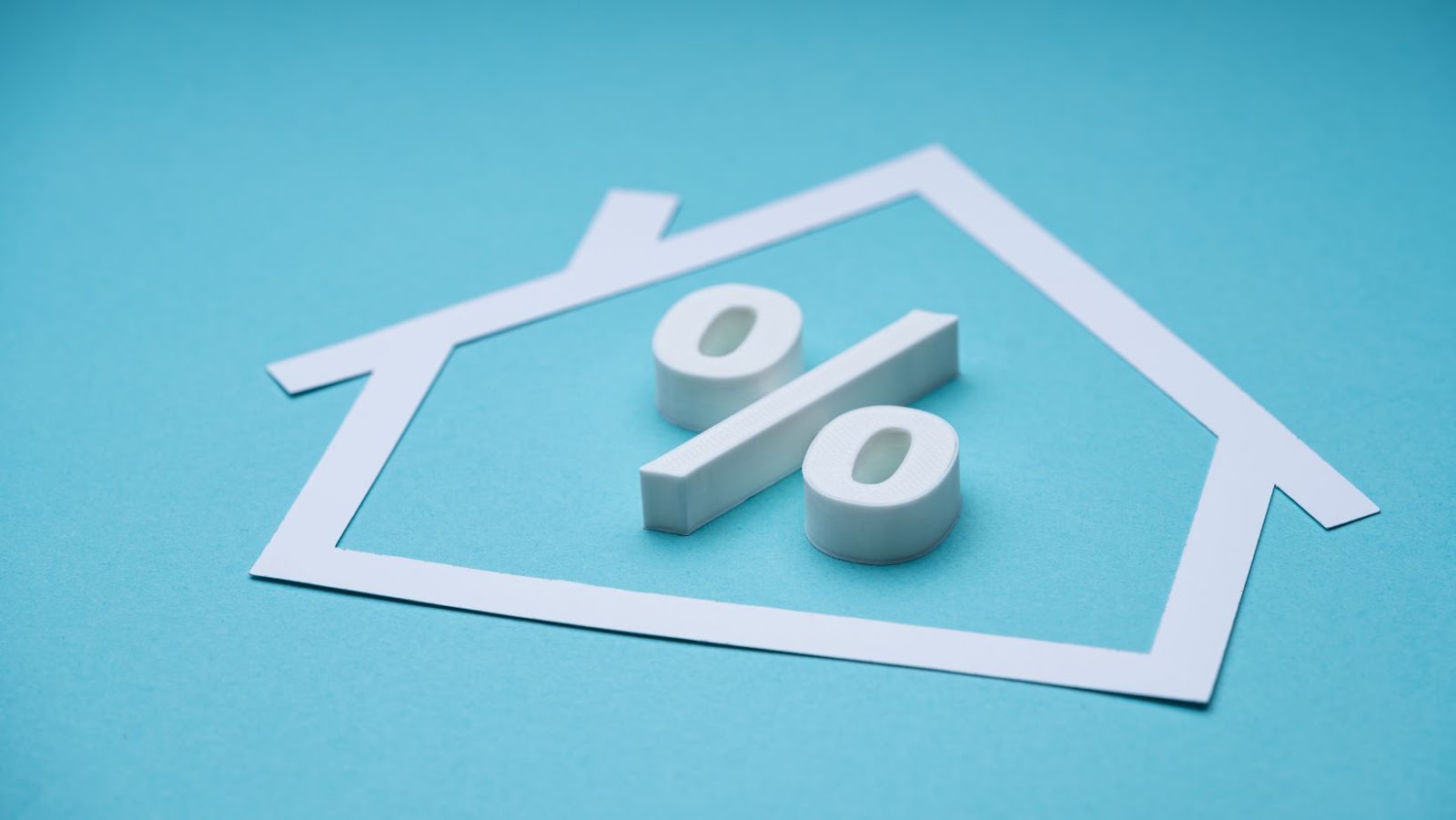When Will Housing Interest Rates Drop? Expert Predictions & Signs to Watch
When Will Housing Interest Rates Drop
Interest rates on housing are a critical factor for buyers and investors aiming to make strategic decisions about when to enter the market. Understanding these rates’ underlying factors is key to predicting their movement, including speculating on when housing interest rates will drop.
Economic Conditions
The state of the economy plays a significant role in the fluctuation of housing interest rates. Several economic indicators can hint at future interest rate movements:
- Gross Domestic Product (GDP): A strong economy, indicated by rising GDP, often leads to higher interest rates as demand for housing increases.
- Unemployment Rates: Lower unemployment rates typically signal a healthy economy, which can lead to increased interest rates due to higher demand for housing.
- Inflation: Central banks may raise interest rates to curb inflation, directly impacting housing loan rates.
Economic conditions are continually changing, and they’re closely monitored by those wondering when will housing interest rates drop? It’s important to recognize that a complex interplay of factors contributes to interest rate volatility.
Federal Reserve Policy
The Federal Reserve (the Fed) significantly influences housing interest rates through its monetary policy decisions. Key aspects of the Fed’s policy that impact rates include:
- Federal Funds Rate: This is the interest rate at which banks lend to each other overnight. Changes in this rate can influence the interest rates on mortgages and other loans.
- Quantitative Easing (QE) or Tightening: Through QE, the Fed purchases government securities to inject money into the economy, potentially leading to lower interest rates. Conversely, selling these securities (tightening) can lead to higher rates.
- Economic Outlook Statements: The Fed’s outlook on the economy can guide expectations for future interest rate movements.
 Historical Trends of Housing Interest Rates
Historical Trends of Housing Interest Rates
Understanding the historical trends of when will housing interest rates drop is crucial for anyone trying to predict when these rates might drop. By examining past rate fluctuations and analyzing rate patterns, individuals can make more informed decisions about entering the real estate market.
Past Rate Fluctuations
The history of housing interest rates is marked by significant fluctuations, influenced by a variety of economic factors. These factors include inflation, economic growth, and the monetary policies set by the Federal Reserve. Over the decades, there have been periods of high volatility as well as periods of relative stability.
| Year | Average Interest Rate (%) |
| 1980 | 13.74 |
| 1990 | 10.13 |
| 2000 | 8.05 |
| 2010 | 4.69 |
| 2020 | 3.11 |
This table showcases a broad downward trend in interest rates from 1980 to 2020. The early 1980s experienced some of the highest rates in history, primarily due to efforts to combat inflation. Rates began to gradually decrease as inflation was brought under control, leading to more affordable borrowing costs
Analysis of Rate Patterns
When analyzing the patterns in housing interest rates, a few key points emerge. First, interest rates are cyclical, often reflecting the broader economic cycle. During periods of economic expansion, rates tend to rise as demand for credit increases. Conversely, during economic downturns, rates often fall as the Federal Reserve cuts rates to stimulate growth.
 Current Market Predictions
Current Market Predictions
Forecasting when housing interest rates will drop hinges on understanding both expert forecasts and various market indicators.
Expert Forecasts
Experts in finance and real estate have been scrutinizing economic trends and policies to predict changes in housing interest rates. A consensus among many is that interest rates may see a gradual decrease in the upcoming years. This perspective is rooted in historical cycles of interest rates, which tend to ebb and flow with economic conditions. Analysts point out that if current measures aimed at controlling inflation prove effective, we could witness a moderation in interest rates.
Market Indicators
To predict when housing interest rates might drop, it’s crucial to monitor key market indicators. These indicators provide insights into the overall health of the economy and influence the Federal Reserve’s decisions on interest rates. Some of the primary indicators to watch include:
- Inflation Rates: Historically, there is an inverse relationship between inflation and housing interest rates. As inflation cools down, it paves the way for lower interest rates.
- Employment Data: Strong employment numbers can lead to wage growth, which can fuel inflation. Conversely, improving unemployment rates could indicate a strengthening economy, influencing the Fed to adjust rates accordingly.
- Federal Reserve Policies: Any changes in the Federal Funds Rate or quantitative easing measures directly impact housing interest rates. Announcements from the Federal Reserve offer critical insights into future rate adjustments.